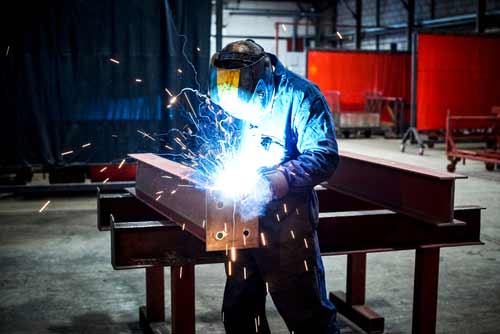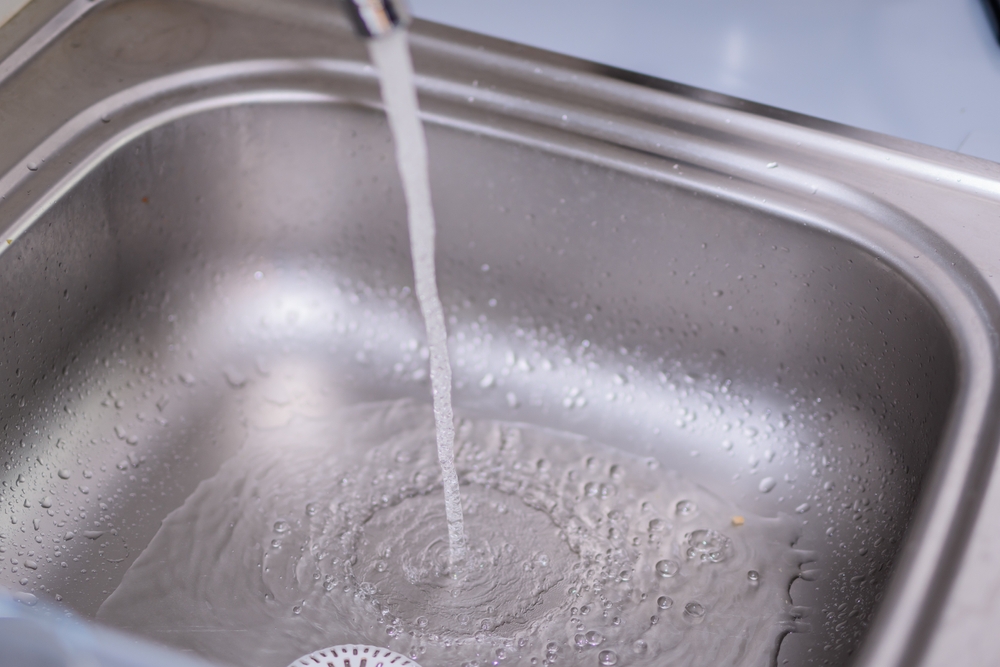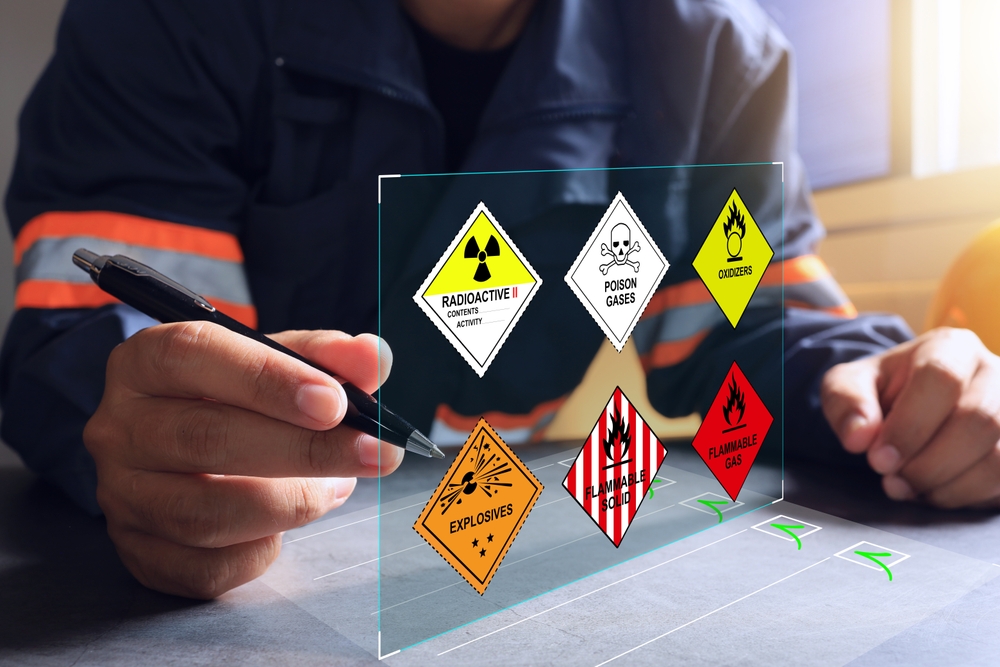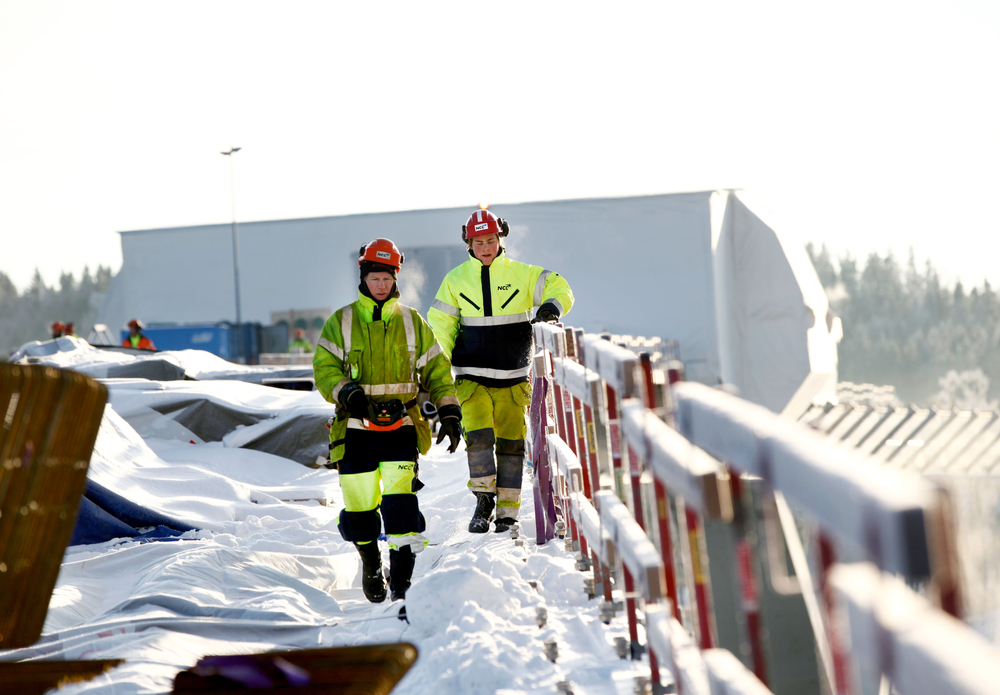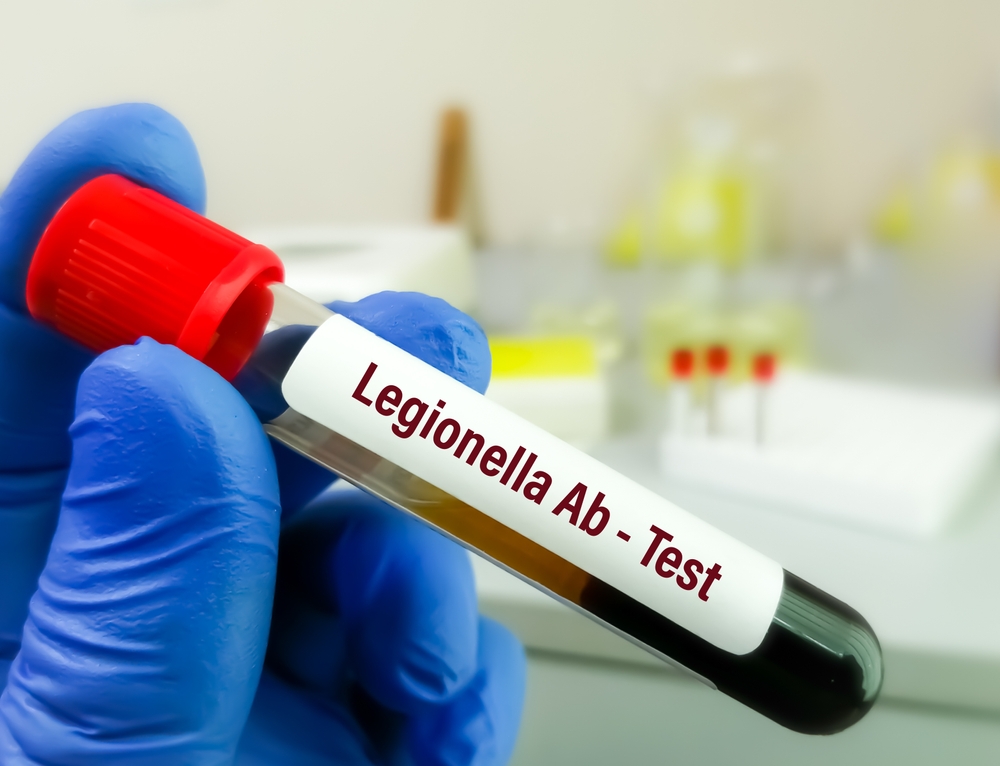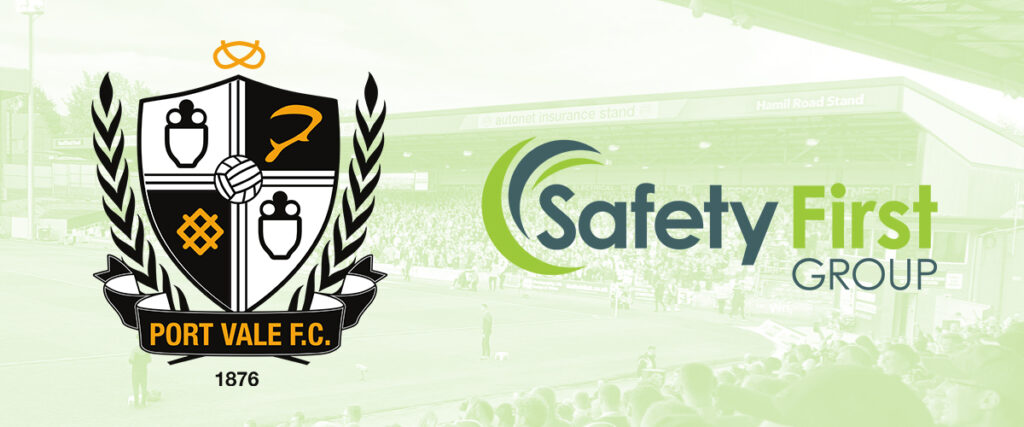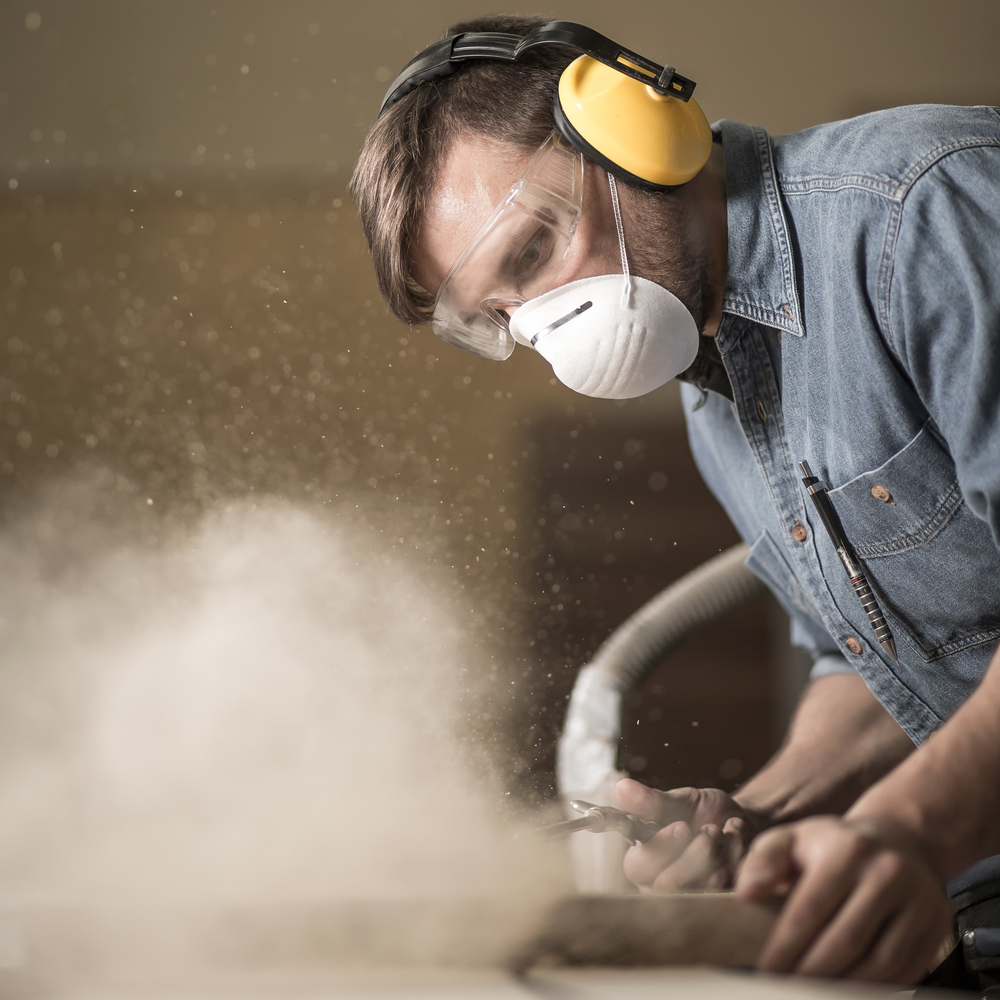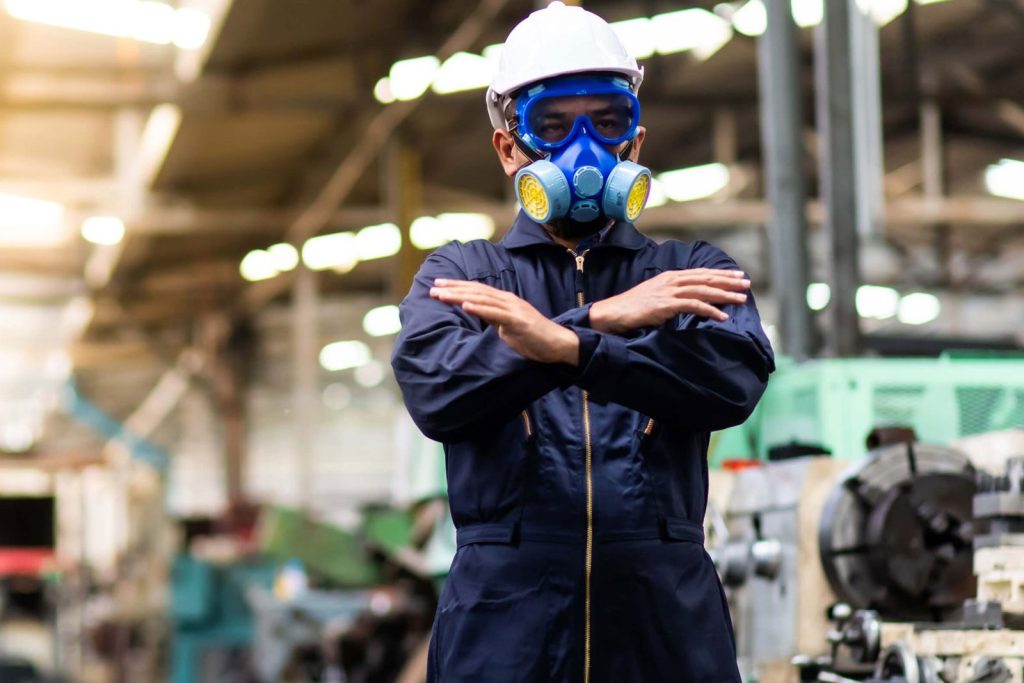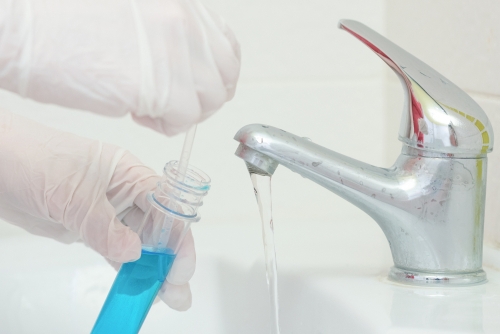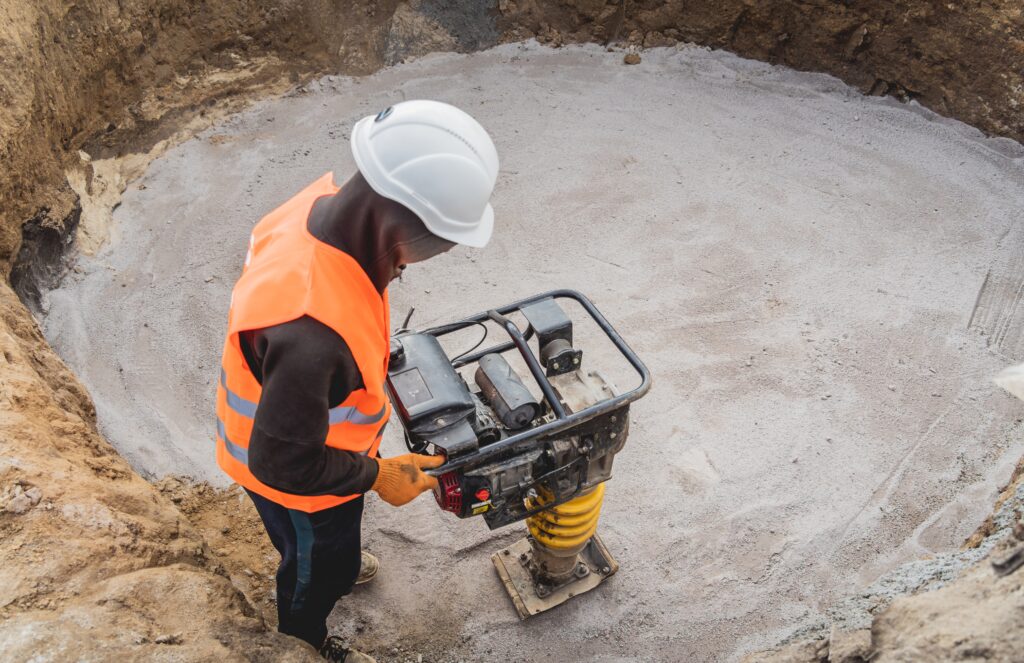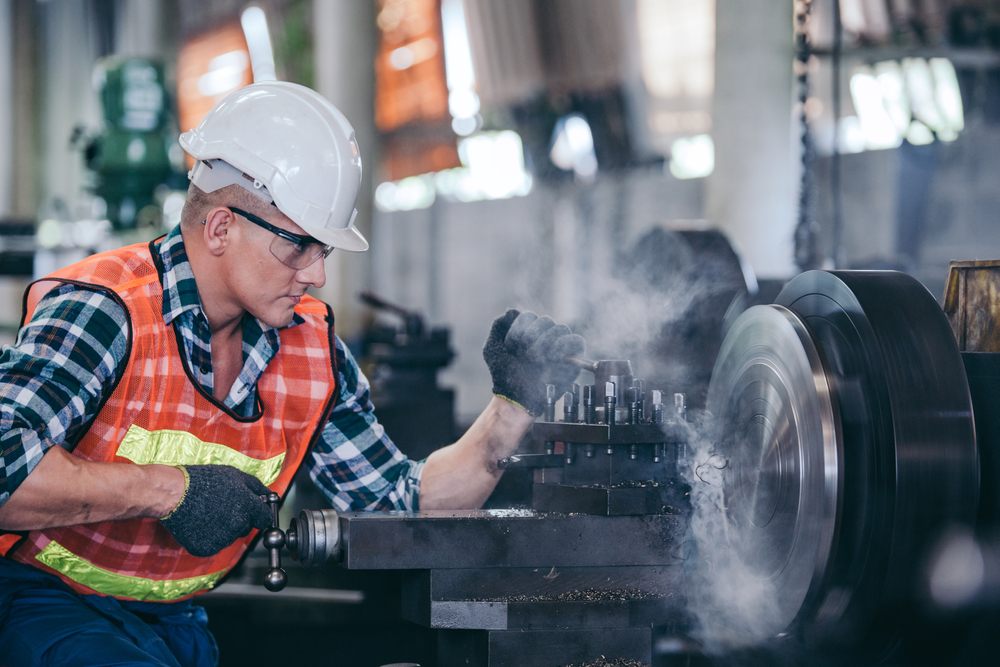In 2019, the Health and Safety Executives (HSE) made changes to the way that mild steel welding fumes are assessed and reported.
Fast forward to 2022, and various businesses in the North of the UK have reported worker deaths relating to exposure to welding fumes. This would indicate that perhaps the message delivered by the HSE in 2019 hasn’t been absorbed by the industry as it should have been.
This has led to a sharp increase in serious incidents and fatalities in the Sheffield and Rotherham area which now needs to be investigated by the HSE.
Andrew Denison, Acting Head of Operations for the HSE said: “It is estimated that each year 12,000 workers die in Britain from occupational lung disease and 17,000 new cases report suffering work-related breathing and lung problems. This part of South Yorkshire has a fine tradition in metal fabrication and manufacturing; we just need to ensure that the innovation continues to extend to safe working practice”
HSE expectations for mild steel welding
In 2019 the HSE reported that there had been evidence to suggest that the fumes created by mild steel welding could have fatal consequences for those exposed to it on a regular basis. Diseases like lung and kidney cancer have been linked to welding fumes, so organisations where welding is common, need to put measures in place to reduce the number of serious illnesses and fatalities caused by the inhalation of fumes.
Standard ventilation has also come under fire as the HSE state that ‘where engineering controls are not adequate to control all fume exposure, adequate and suitable respiratory protective equipment (RPE) is also required to control risk from the residual fume’. This means that organisations need to ensure that both their ventilation is adequate, as well as providing vulnerable employees with the right levels of protective equipment for the job.
HSE expects the following welding regulations to be adhered to:
- Exposure to any welding fume released is adequately controlled using engineering controls, typically LEV
- Suitable controls should be provided for all welding activities, irrelevant of duration. This includes welding outdoors.
- Where engineering controls alone cannot control exposure, then adequate and suitable RPE should be provided to control risk from any residual fume.
- Make sure all engineering controls are correctly used, suitably maintained and are subject to thorough examination and test where required.
- Make sure any Respiratory Protective Equipment (RPE) is subject to an RPE programme. An RPE programme encapsulates all the elements of RPE use you need to ensure that your RPE is effective in protecting the wearer. Because RPE can be uncomfortable to wear, it is essential that good practice is adhered to for the safety of the wearer.
Local Exhaust Ventilation for welding fumes
LEV or dust/fume extraction systems are usually effective at removing airborne contaminants before they can be breathed in. Whilst this is effective in most industries prone to dust,fumes, gas, vapour and mist, mild steel welding can also mean that, in some cases, small particles of hexavalent chromium, or chromium oxide are breathed in. Hexavalent chromium is classed as a human carcinogenic, meaning that without the proper ventilation and RPE, you can quite literally be causing your employees to inhale fatal substances. Yet despite these findings, there is no ‘legal limit’ of what is considered safe, and most risk assessments will expect the levels of these particles to be ‘as low as reasonably practicable’
Over the last few months, we have seen an increase in customers asking about welding fume sampling and the extra steps that need to be adhered to when dealing with welding fumes. And as well as risk assessment and prevention, improper ventilation can lead to your business needing other compliance assessments like occupational exposure monitoring and occupational health surveillance.
Occupational Exposure Monitoring
Whilst occupational exposure monitoring is not deemed as a measure of ‘control’, this type of monitoring will offer a good indication of the levels of welding fumes and other substances your workforce are exposed to. Basic or sophisticated exposure monitoring studies which will give an indication of how good your working practice and control measures are.
Because of the seriousness that exposure to welding fumes presents, the HSE expects compliance for welding to be a ‘belts and braces’ approach, using all relevant steps from LEV, exposure monitoring and then as a last resort, fully equipping your staff with the correct level of protective equipment, all of which offer an all encompassing plan of action for your workforce respiratory control.
Need to talk to someone about safeguarding your employees against welding or other fumes? Contact us here

